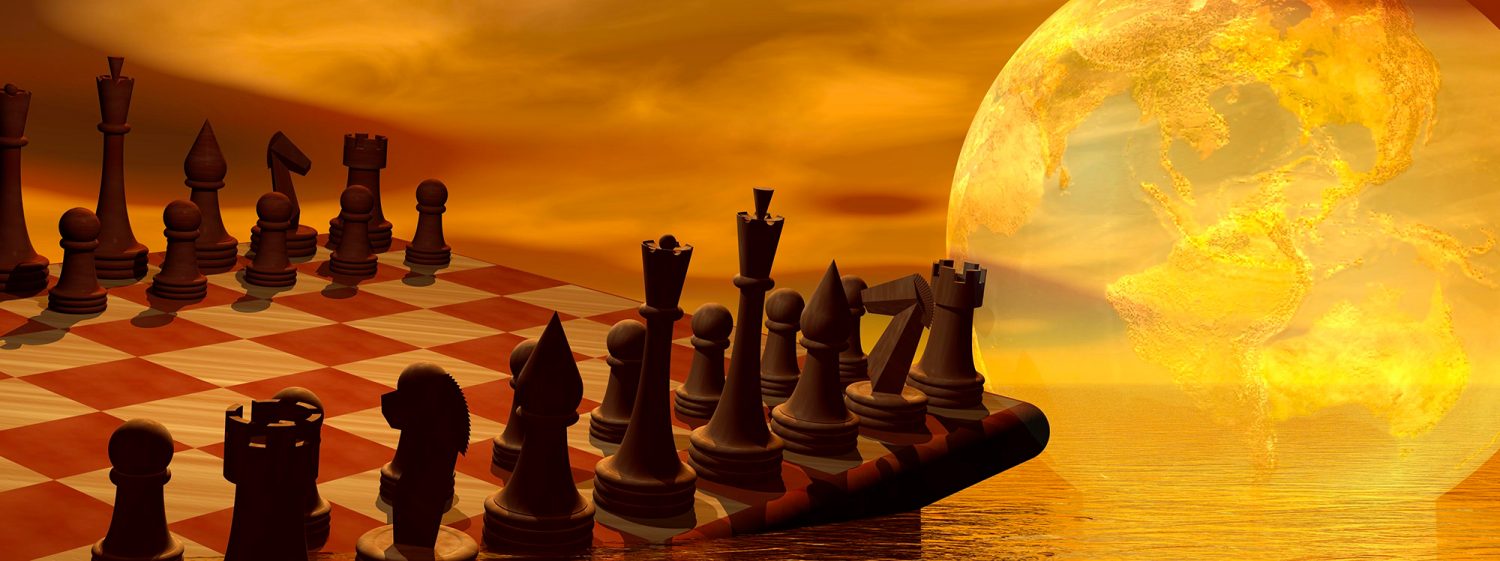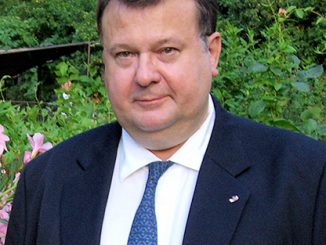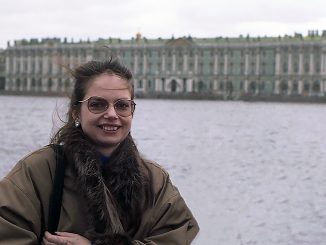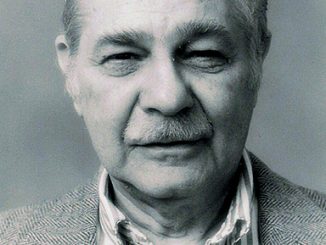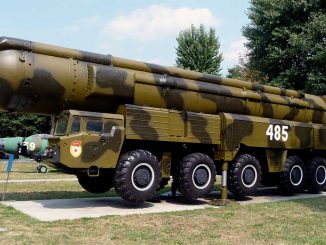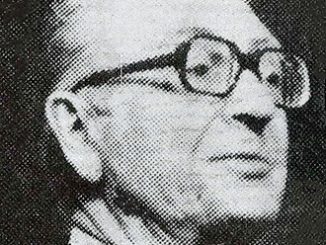In this essay, Françoise Thom demonstrates that Russia’s strategy of economic confrontation did not begin with Putin’s rise to power, but unfolded in a new form as early as the 1990s. Far from being aid, Western funds fueled systemic corruption. Billions from the IMF and the World Bank were massively siphoned off by oligarchs. This money was then laundered with the passive complicity of major Western banks.
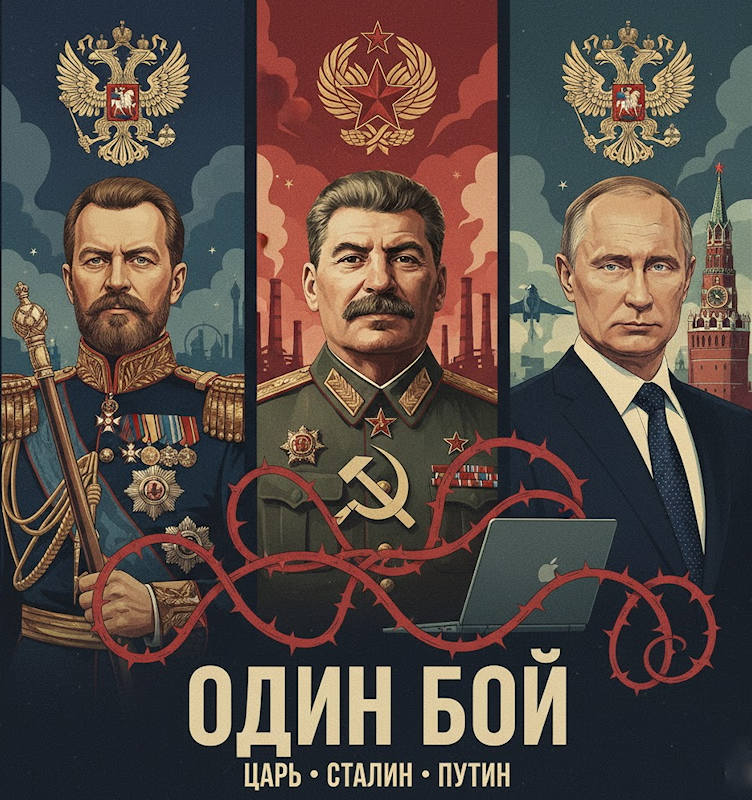
The Kremlin turned this corruption into a weapon of « contagion. » The objective: to weaken democracies from within by spreading its predatory practices. The strategy was twofold: first, to plunder international aid, and then, to attract foreign investors. Once Western technology and capital were established, particularly in the energy sector, Russia expropriated these companies.
Simultaneously, Moscow circumvented embargoes to modernize its military. Through complacency and systemic loopholes, cutting-edge military technologies were acquired. The West, blinded by the lure of profit, thus financed and armed its own adversary. This insidious and overlooked economic war was the first stage of the current offensive. Editor’s note
“Today, we are succeeding in what we have been trying to do unsuccessfully for five hundred years! And we are changing the West!”Vladimir Zhirinovsky.[1]
Table of Contents
by Françoise Thom — Desk Russia — Paris, September 29, 2025 —
“Saving Russia is a bargain”
After the fall of the USSR, Boris Yeltsin resumed the blackmail that had worked so well for Mikhail Gorbachev: if the West did not help democratic Russia, the communists and nationalists would come to power and reestablish a regime hostile to the West. Post-Soviet Russia was on life support, heavily dependent on foreign financial assistance, mainly from the IMF and the World Bank. These capital injections were presented in Western capitals as a sine qua non condition for the survival of the young Russian democracy and the continuation of its economic reforms. During the early years of Yeltsin’s reign, the various clans within the state apparatus and those who would come to be known as the oligarchs competed for control of the main financial flows. Faced with these predatory forces, the Russian state was no longer able to collect taxes: those who had the means to fill the state coffers also had the means to obtain exemptions and hide their ill-gotten assets in tax havens.
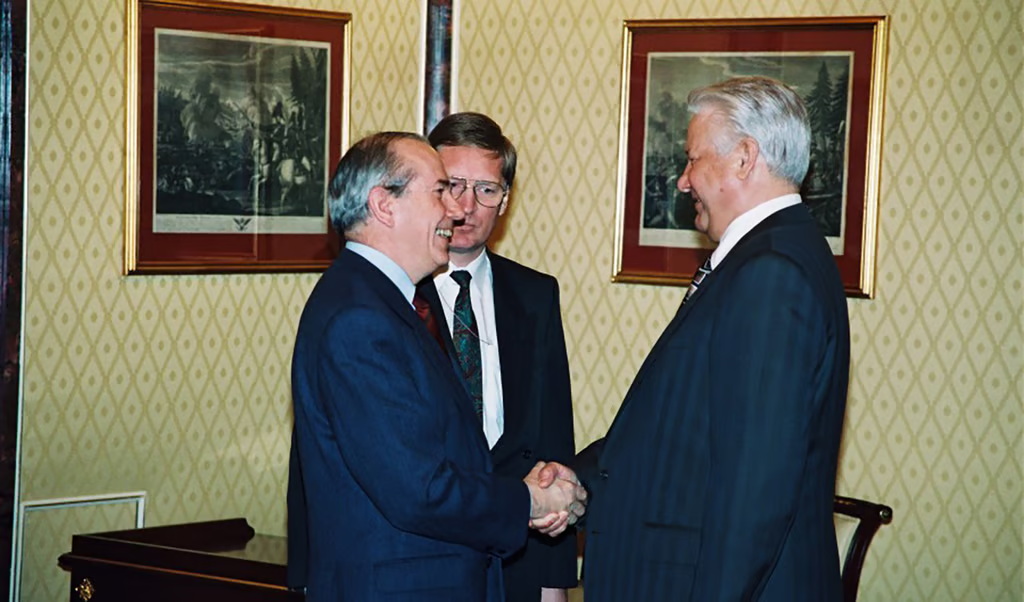
The IMF was then called upon to fill the Russian state’s deficits in order to curb inflation. International financial support, although ostensibly intended to stabilize the Russian economy and anchor democratic reforms, paradoxically favored the rentier economy that was taking shape during those years. The billions of dollars lent to Russia not only failed to prevent collapse; they provided the liquidity that facilitated unprecedented capital flight and illicit enrichment. International aid fueled an operation to hollow out the Russian state, benefiting clans close to power and to the detriment of the nation.
Anatoly Chubais’s clan, catapulted by U.S. support to the position of first deputy prime minister and finance minister, directly and indirectly controlled millions of dollars in Western aid intended to support privatization and economic restructuring. In July 1998, under the impact of the Asian crisis, Russia was threatened with bankruptcy because for two years it had relied on a perilous system of issuing government short-term bonds (GKOs) and then redeeming them with the proceeds of new sales: a veritable Ponzi scheme.
Chubais rushed to Washington to negotiate an $11.2 billion bailout plan for Russia. He had the strong support of President Clinton. On July 13, the IMF and the World Bank granted Russia a loan of $14.8 billion, in addition to the $7.8 billion in loans previously pledged. Russian officials claimed that these funds would remain in the Central Bank’s reserves, and would discourage attacks on the ruble. The first tranche of $4.8 billion was approved by the IMF on July 20. But far from stabilizing the market, it provided the much-needed foreign currency that allowed insiders—notably the Russian oligarchs’ banks and their foreign accomplices—to convert their rubles into dollars and move their capital out of the country before the final collapse. Just weeks after the IMF deal was approved, the Russian government was forced to devalue the ruble.
The Central Bank had bailed out the largest banks with an emergency injection of IMF funds, but this money immediately left Russia for tax havens.
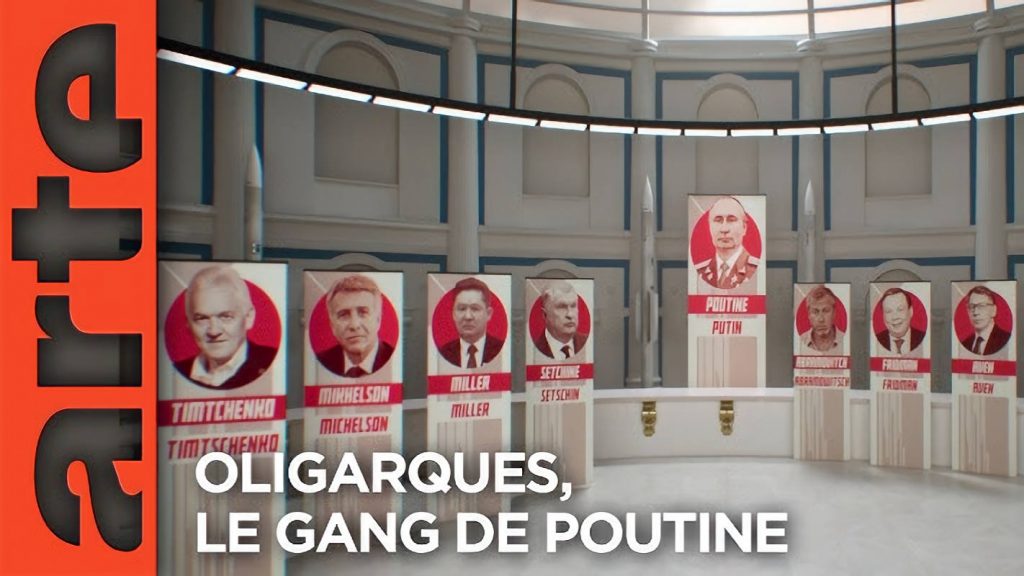
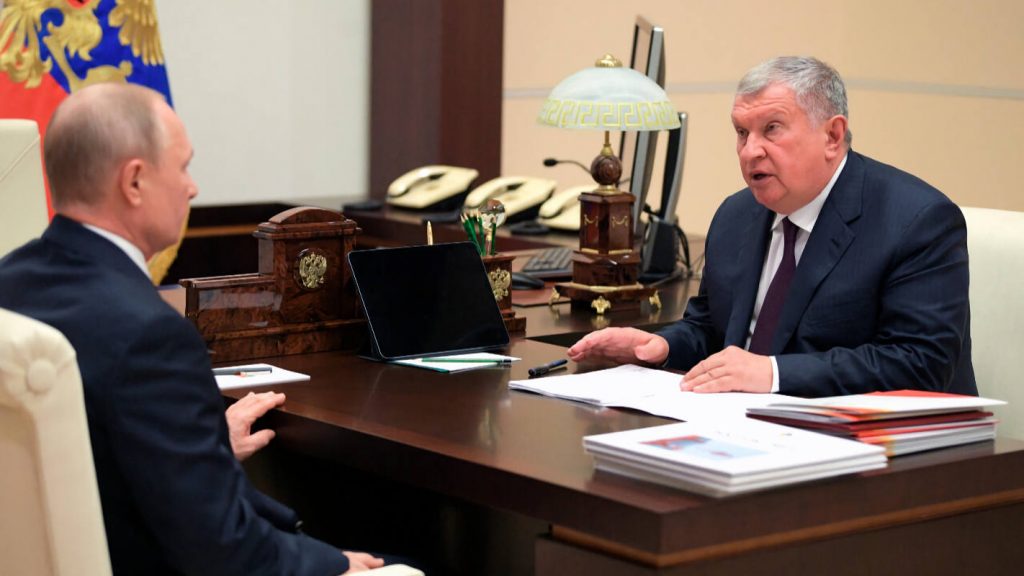
Warned of impending bankruptcy, the financial oligarchs “looted their own assets,” i.e., they emptied their banks’ accounts by transferring the funds to shell companies and offshore structures, leaving behind bankrupt institutions and ruining thousands of ordinary Russians and the state. Thus, public money from Western countries was transformed into hidden private profits in Russia, before being laundered and safely stashed away in the West.
“The money evaporated,” wrote Alexander P. Smolensky, one of Russia’s most powerful bankers. “I am really surprised to see the IMF handing out money so easily, without any real reaction or concern. How can they continue to pour money into a black hole?” As the oligarchs siphoned off the assets of the companies they controlled, the risk for a foreign investor was to become a collateral victim of the struggles between oligarchs or their predatory maneuvers.
The economic cataclysm of the summer of 1998 forced Yeltsin to entrust the government to a man who was not part of his clan, Yevgeny Primakov. Primakov launched a wide-ranging investigation into the embezzlement orchestrated by the Yeltsin clan.
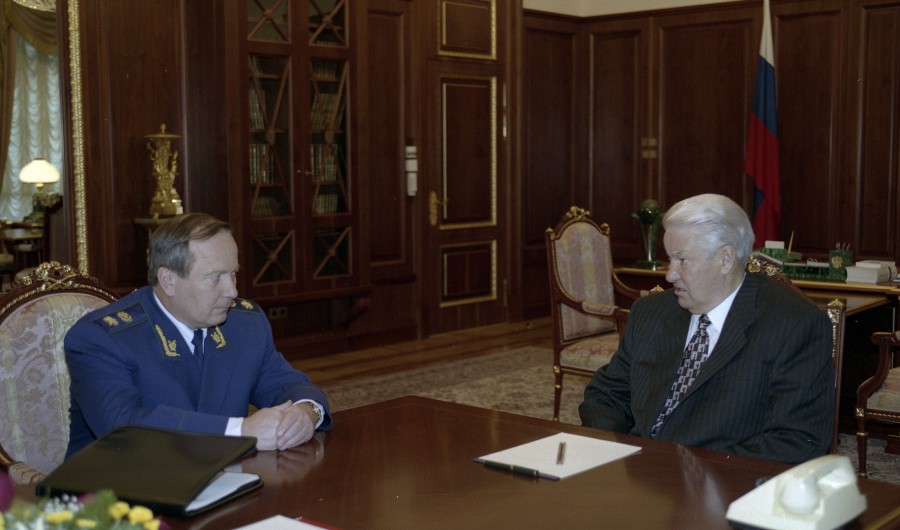
The investigation conducted by Attorney General Skuratov revealed that between 1993 and 1998, the Central Bank of Russia (CBR) had used FIMACO (Financial Management Co.), an obscure company registered in the tax haven of Jersey, to manage tens of billions of dollars of its foreign exchange reserves. FIMACO, officially a subsidiary of Eurobank, the Paris branch of the CBR, was nothing more than a shell company: with a share capital of $1,000, it had no staff or premises.
This opaque arrangement served to deceive international creditors and the IMF. BCR executives themselves admitted to using FIMACO to conceal part of Russia’s assets and protect them from possible seizure by foreign creditors pursuing legal action against the Russian state. Even more seriously, an audit commissioned by the IMF from PricewaterhouseCoopers (PwC) revealed deliberate accounting manipulation. It confirmed that BCR had secretly speculated on its own debt, generating profits estimated at $383 million. These gains, made through an offshore entity, were beyond any parliamentary or governmental control.
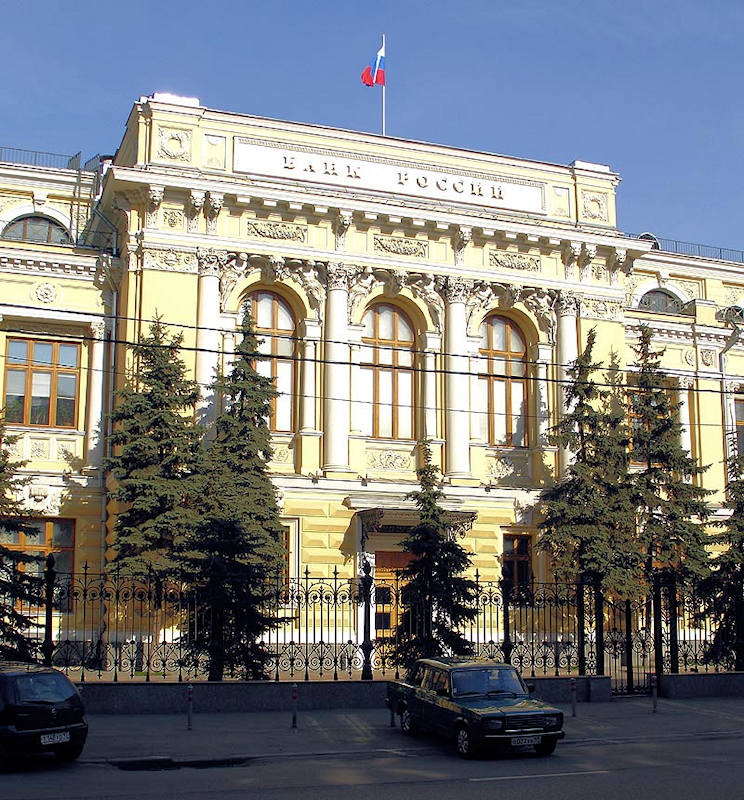
According to the prosecutor’s charges, they were used to finance the luxurious lifestyles of the bank’s senior executives and to “enable friends to make handsome profits.” In addition, the BCR used FIMACO to “park” liabilities off its official balance sheet, which had the effect of artificially inflating the amount of its net foreign exchange reserves by approximately $1.2 billion. This maneuver was intended to conceal the real situation in order to meet IMF criteria and continue to receive the loan tranches provided for in the agreements.[2] In addition, FIMACO was used to generate hidden profits. The BCR had transferred huge sums of money, including funds coming directly from IMF loans, to FIMACO. This money was actively invested in the highly speculative and lucrative GKO market. The FIMACO affair reveals a scam involving the Russian state: through its central bank, it operated with double accounting—an official facade for its international partners and an opaque offshore reality to conceal operations and privatize profits.
The laundering of Russian financial flows from criminal activities of the Russian mafia and the embezzlement of international aid was carried out by the Bank of New York (BoNY). Between 1996 and 1999, an estimated $7-10 billion of Russian origin passed through BoNY accounts. Senior government officials and oligarchs acted in concert, with the oligarchs operating opaque schemes to facilitate capital flight and tax evasion, with the complicity of co-opted Westerners (such as Robert Maxwell and his protégé Jeffrey Epstein).
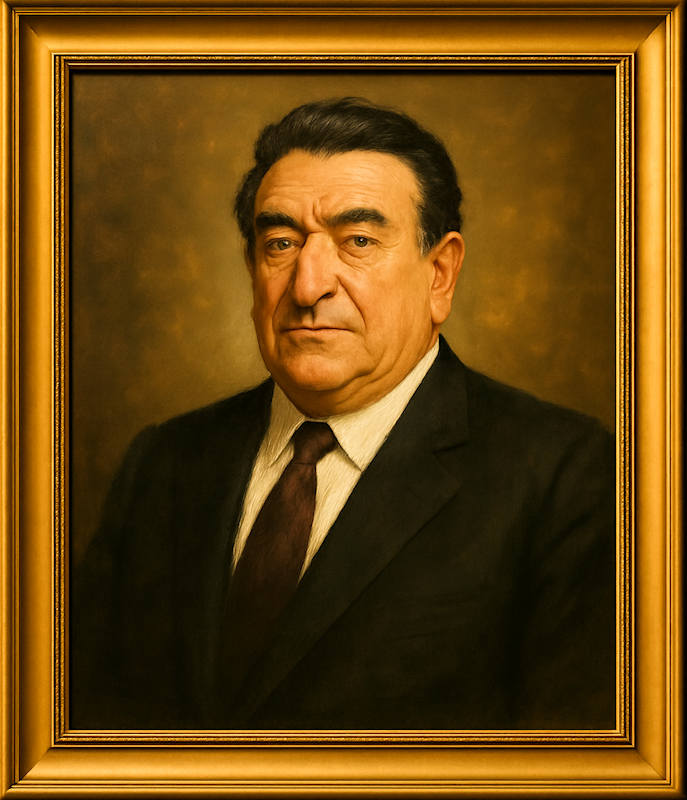
© European-Security

© European-Security
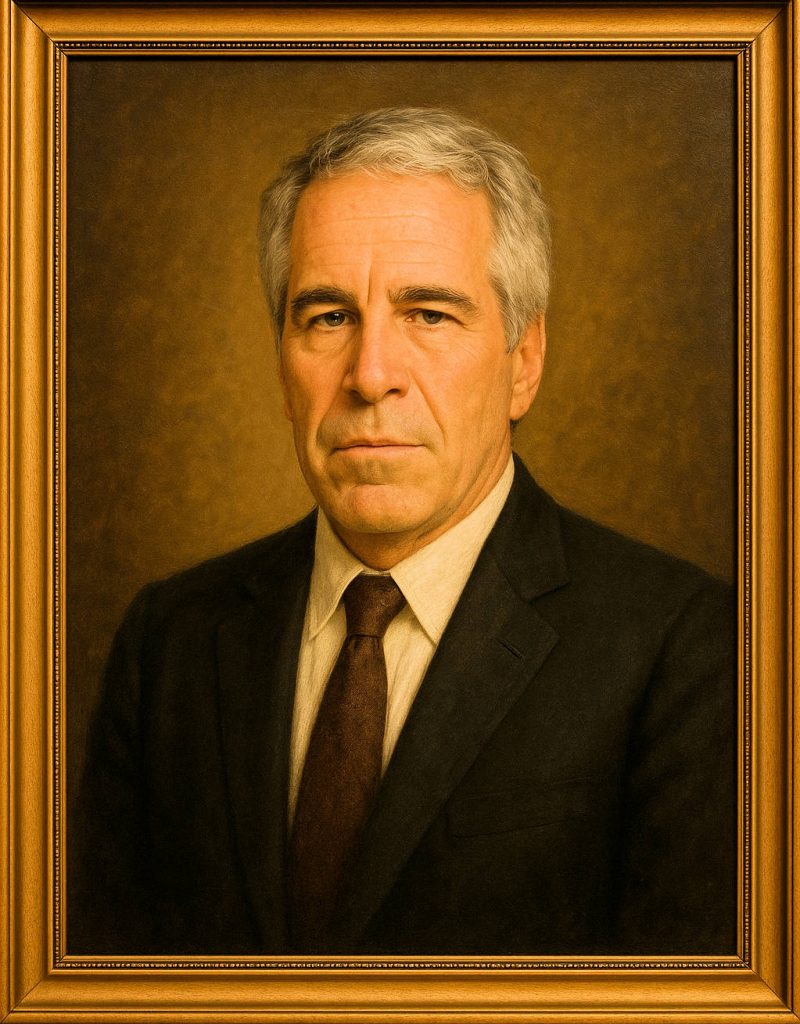
© European-Security
Prosecutor Skuratov’s investigation, which threatened to bring down the highest levels of the state, was brutally halted in the spring of 1999 thanks to a “kompromat” operation by the FSB, then headed by Vladimir Putin. The broadcast on national television of a video showing the prosecutor in a sauna with two scantily clad young women allowed President Yeltsin to dismiss him. The investigation was buried and Putin secured his position as Boris Yeltsin’s successor.
In total, the IMF lent $18.8 billion to Boris Yeltsin’s Russia. Between 1992 and September 1998, international financial institutions (IMF, World Bank, European Bank for Reconstruction and Development) and Western countries provided approximately $66 billion in assistance to Russia, not including food aid, trade credits, and debt rescheduling. These institutions financed a system that was the antithesis of the transparent and regulated market economy they claimed to be introducing in Russia. The total capital flight from Russia between 1992 and 1999 is estimated at $150 billion, or even $200 billion.
This large-scale fraud, which reached the highest levels of government and the oligarchs, revealed the formidable ability of Russia’s new political and economic elite to manipulate the rules of international finance. The latter was remarkably effective in using the tools of financial globalization — offshore companies, banking secrecy, open capital markets, securitization, international correspon-dent banks—to privatize the windfall of international aid and speculation, while making the Russian population and international creditors bear the colossal losses of the organized bankruptcy.
The extent of the disaster that was the West’s policy of aid to Russia during the Yeltsin period has still not been fully grasped. This is where the roots of Putinism and Trumpism lie.
On the one hand, Western advisers to the Russian government, far from keeping a low profile and approaching their mission with the humility that a doctor should have when dealing with a seriously ill patient, stood alongside the government of “young reformers” and embraced their partisan quarrels without concern for the painful reality they faced. Some set out to enrich themselves by participating in the fraudulent schemes of Russian oligarchs. The distress of the early Yeltsin years, the ostentatious presence of Western advisers, the bitterness of Russians stripped of their life savings by rampant inflation, the contrast between the destitution of the majority and the insolent luxury of a small minority—all this gave wings to the conspiracy theory that Westerners had deliberately organized the genocide of the Russian people with help from a handful of collaborators. When the Russian government, pushed by Western financial institutions, wanted to force the oligarchs to pay taxes, they cried out against the intolerable interference of evil foreigners treating Russia like a conquered country. When the extent of the Kremlin’s malfeasance made headlines in the Western media, the oligarchs sought to create a united front in the name of fighting Russophobia. Putin had only to fan the flames of this accumulated resentment to get himself elected and install his dictatorship in the name of restoring the power of the Russian state.
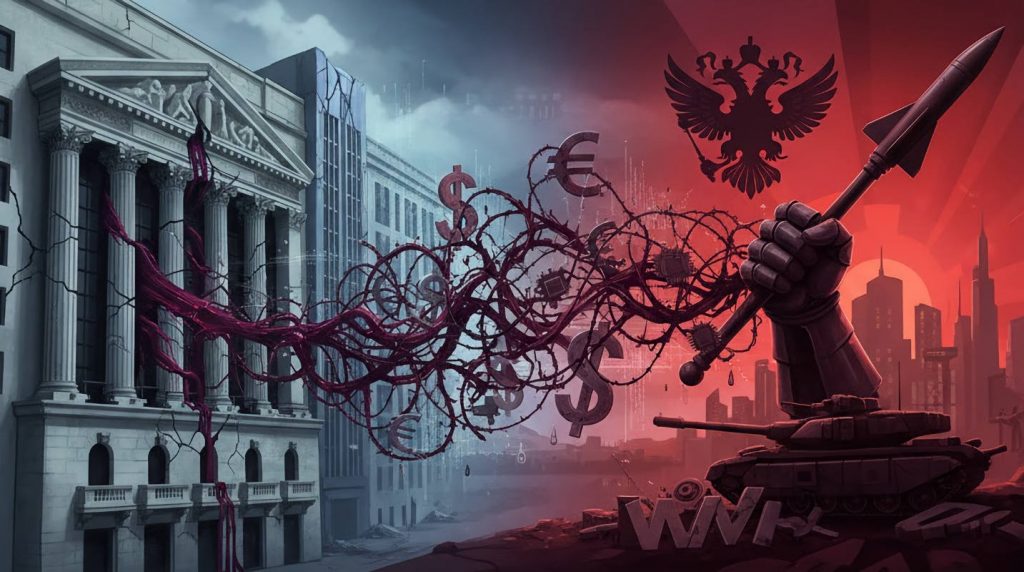
But the misfortune does not end there. Westerners who had flocked to Russia to guide the country toward a market economy, far from enlightening their Russian counterparts, allowed themselves to be infected by the prevailing corruption.
Few resisted the dizzying prospect of fortunes made overnight, the intoxication of a golden existence where all transgressions go unpunished. By migrating to the West, corrupt Russian money began to eat away at the institutions of representative democracy. The ideal of an Epstein, a Witkoff, or a Trump is the nouveau riche luxury of a Russian oligarch/mafioso. Russia’s strange ascendancy over Trump stems from this fascination with easy Russian money, which dates back to the Yeltsin years. The ideology of the Russian oligarchs is a Darwinian view of human relations, which leaves no room for law, virtue, justice, or truth, a view in which the strong have all the rights, including the right to manipulate elections and install their man in power.
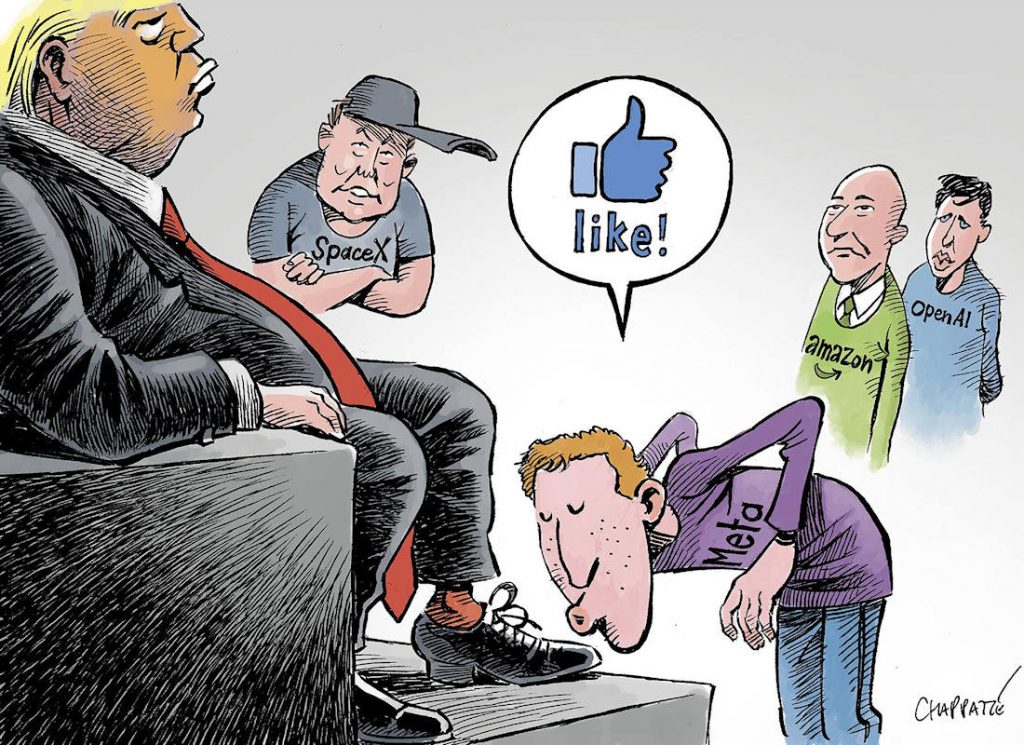
This ideology contaminated the American digital giants who were asserting themselves during those years. Trump was propelled to power by tech bros, just as Putin was by Berezovsky and Pugachev, driven by the same passions, xenophobic resentment, conspiracy theories, and self-centered chauvinism.
“We must strangle them… I say this without hesitation” (Putin)
Under Putin, the risk run by Western investors is no longer linked to chaos and joyful mismanagement, as was the case during Boris Yeltsin’s presidency. The state, torn apart by sharks, is turning into a predator with an administrative, judicial and, above all, security apparatus at its disposal to implement a policy of revenge. With the new Kremlin leader, Westerners are dealing with a centralized, powerful and calculating state.
We are seeing the same old tactics we know so well. A false thaw was launched in the fall of 2008 to encourage the West to agree to major transfers of military technology: this was the interlude of Medvedev’s presidency.
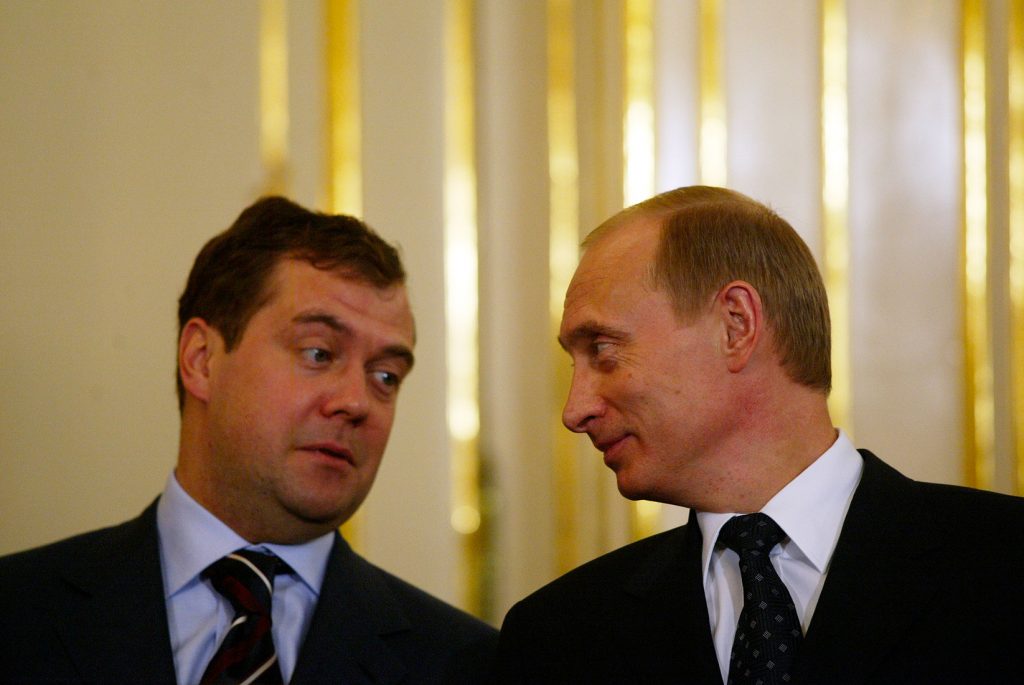
As Vladimir Putin said, the top priority was “the acquisition of advanced scientific and technological capabilities” and “mastery of critical technologies” to guarantee the country’s sovereignty. Many European countries, notably France and Germany, saw the sale of military equipment to Russia as a boon for their defense industries. And since such a short-sighted policy had to be justified after the Russian-Georgian war, people were lulled into the illusion that this “cooperation” would promote peace through interdependence and anchor Moscow in a so-called European security architecture—an illusion encouraged by Dmitry Medvedev’s soothing rhetoric.
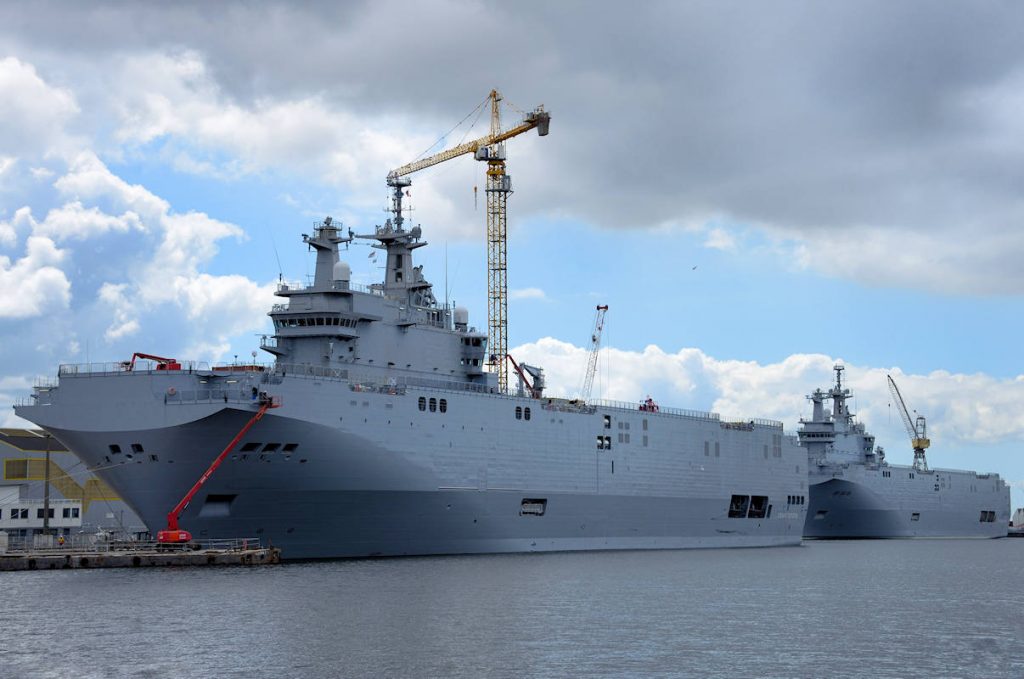
France is at the forefront of this rush to arm Russia. Let’s just mention the agreement signed with Russia on June 17, 2011, for the sale of two Mistral-class amphibious assault ships, with an option for two additional ships to be built in Russia with technology transfer. This agreement, valued at €1.2 billion, was described at the time as “the largest transfer of sensitive military equipment from one country to another in history.[3]” Leading French companies, such as Thales and Safran, have supplied state-of-the-art equipment to modernize Russian aviation and which is now being used against Ukrainians. Catherine-FC thermal cameras were integrated into the targeting systems of more than a thousand modernized Russian tanks (T-90, T-80, T-72), giving them significantly superior night and all-weather combat capabilities. Similarly, fighter jets such as the Su-30 and combat helicopters such as the Ka-52 have been equipped with French-made navigation systems, helmet-mounted sights, and infrared detectors, drastically improving their targeting and battlefield survival capabilities.
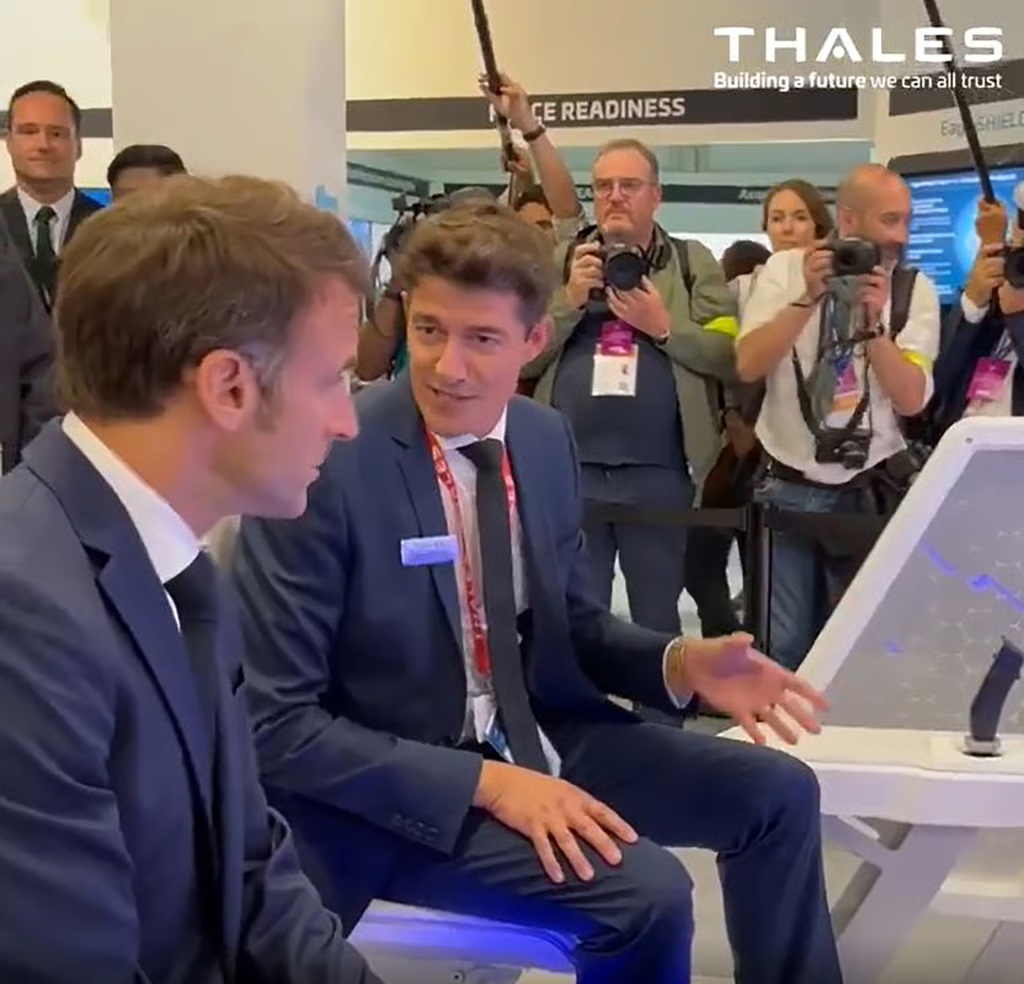
Worse still, after the annexation of Crimea, companies with ongoing commitments obtained an exemption from the embargo on exports of military technology to Russia for the execution of “contracts concluded before August 2014, or ancillary contracts necessary for the execution of such contracts.” With €152 million in exports, France is the leading European supplier of arms to Russia in the post-2014 period (Germany €121.8 million, Italy €22.5 million).
Delivery authorizations have been granted until 2021. Thus, Putin’s Russia has equipped itself with a modern army thanks to systematic infusions of Western technology. After 2014, it was able to exploit legal loopholes in the European embargo and, above all, the influential pro-Russian lobby that had been established for years in European countries to continue this modernization, before deploying, after 2022, a sophisticated circumvention strategy to maintain vital supply lines.
Paradoxically, Putin’s success in co-opting Western business explains the regime’s political hardening at home. Putin and his siloviki believe that it is better to call on complacent Westerners to strengthen the military-industrial complex than to depend on a Russian intelligentsia that is too inclined to demand freedoms.
From 2012 onward, Putin’s government encouraged the emigration of its intellectual and artistic elite abroad, as it was certain of obtaining from Westerners what was essential to its power policy. Thus, “cooperation” with Westerners has made possible the policy of the Putin regime consisting in a systematic effort to dumb down the Russian population by skimming off the elites, a preliminary phase of the war that the Kremlin was secretly preparing.
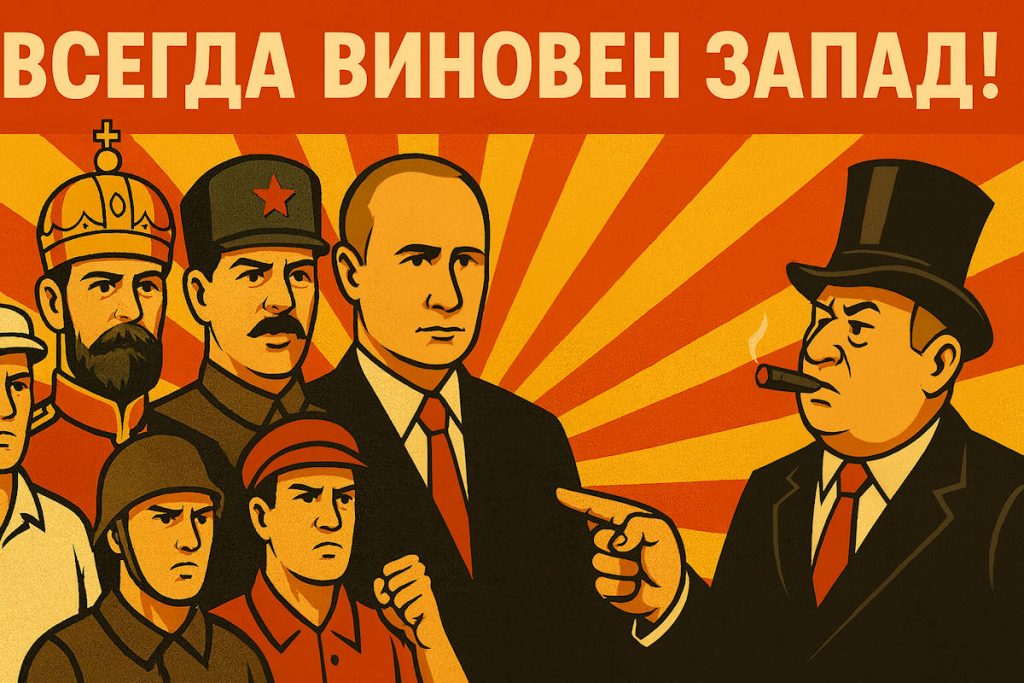
In other areas, we see the now familiar scenario. Russia begins by attracting foreign investment, then appropriates the profits once the initial risks have been assumed by its partners. Foreign companies participate in Russian projects as long as they serve the Kremlin’s interests. The increasingly powerful Russian state is emboldened and uses an arsenal of increasingly overt tactics against Western investors: regulatory pressure, manipulation of shareholder conflicts, exploitation of the justice system for criminal purposes, and, ultimately, seizure by sovereign decree.
In the 1990s, Russia, in need of capital and technology, opened its huge hydrocarbon sector to Western companies. Production sharing agreements (PSAs) were signed, offering very favorable terms to foreign investors. In the mid-2000s, when the regime consolidated its power and hydro-carbons were declared a “strategic sector,” all projects involving foreign investors were systemati-cally “re-examined.”
The methods are becoming increasingly direct. The Kharyaga project, operated by France’s Total and Norway’s Statoil under a PSA regime, illustrates a form of slow erosion, with the state calling into question the terms of a legally established agreement. This tactic of regulatory harassment and forced renegotiation was aimed at changing the revenue share in favor of the state and asserting its primacy over pre-existing contracts. Launched in the 1990s, the gigantic Sakhalin-I and Sakhalin-II projects in the Russian Far East attracted billions of dollars in investment from ExxonMobil, Shell, and their Japanese partners.

However, in the mid-2000s, as the projects became highly profitable, the operators faced intense regulatory pressure and accusations of environmental damage. In 2006, Shell was forced to cede control of Sakhalin-II to Russian state-owned giant Gazprom.
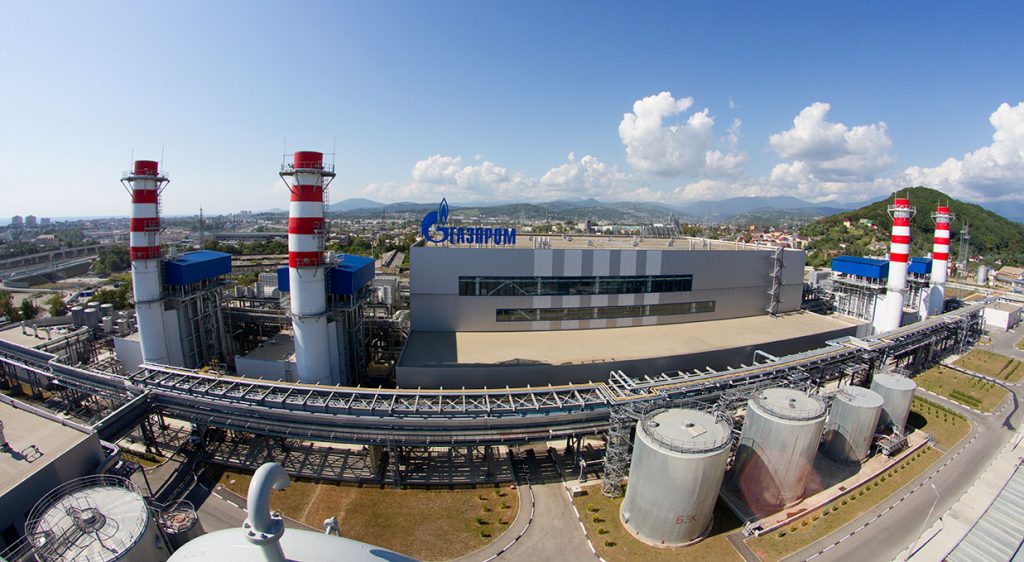
More recently, following sanctions related to the war in Ukraine, a 2022 presidential decree transferred the assets of Sakhalin-I to a Russian operator, effectively forcing ExxonMobil to abandon its shares: a blatant act of dispossession. In 2003, Britain’s BP made a major investment by creating the TNK-BP joint venture with a group of Russian oligarchs. The company quickly became one of the most profitable in Russia. However, the following decade was marked by incessant conflicts between shareholders and growing pressure from the Kremlin. In 2012-2013, with the support of the Russian president, Rosneft, led by Putin favorite Igor Sechin, pulled off a masterstroke: buying out the shares of the two conflicting shareholders. BP finally sold its 50% stake to Rosneft, a transaction perceived by many as disguised expropriation.

Rosneft acquired the entirety of TNK-BP for a total of approximately $55 bil-lion, becoming the world’s largest publicly traded oil producer.
The operation was more subtle than mere expropriation. In exchange for its 50% stake, BP received $12.48 billion in cash and, more importantly, became a 19.75% shareholder in Rosneft.
Illustration 123RF
This maneuver allowed the Russian state to effectively nationalize one of the country’s largest private oil producers while transforming its foreign partner, BP, from an active and potentially competitive operator into a passive minority investor whose financial interests were now tied to the success of Russia’s national champion. It was expropriation by forced co-optation.
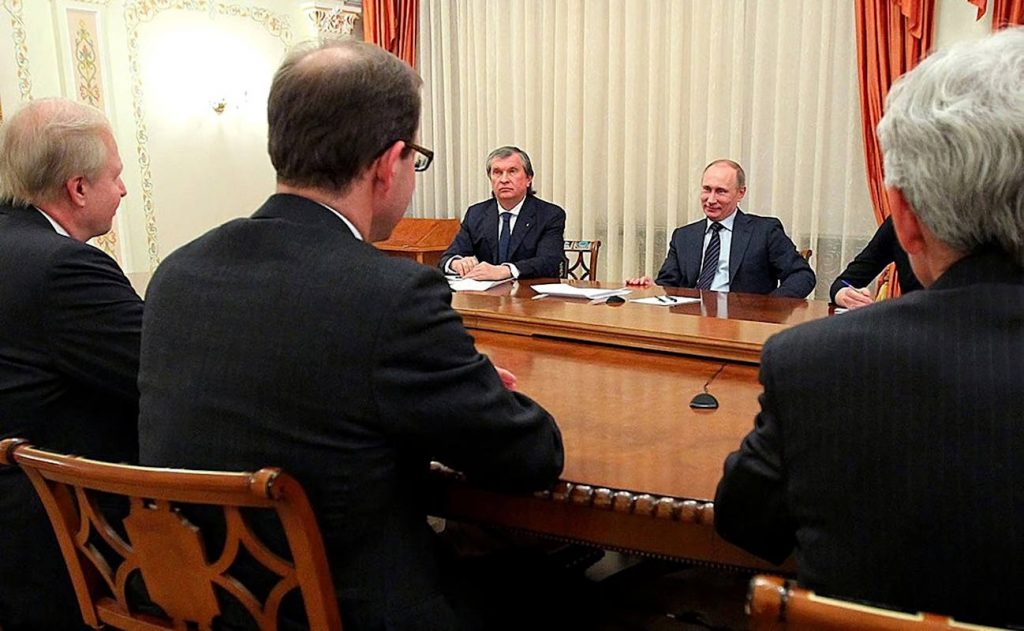
The Russian state’s behavior is not limited to the strategic hydrocarbon sector. The cases of financial investor Hermitage Capital and Renault illustrate the Kremlin’s mechanism of remote-controlled predation.
The story of Bill Browder [4] and his investment fund, Hermitage Capital Management, is enlightening. Hermitage Capital Management was one of the largest foreign investors in Russia in the 1990s and early 2000s. Initially,
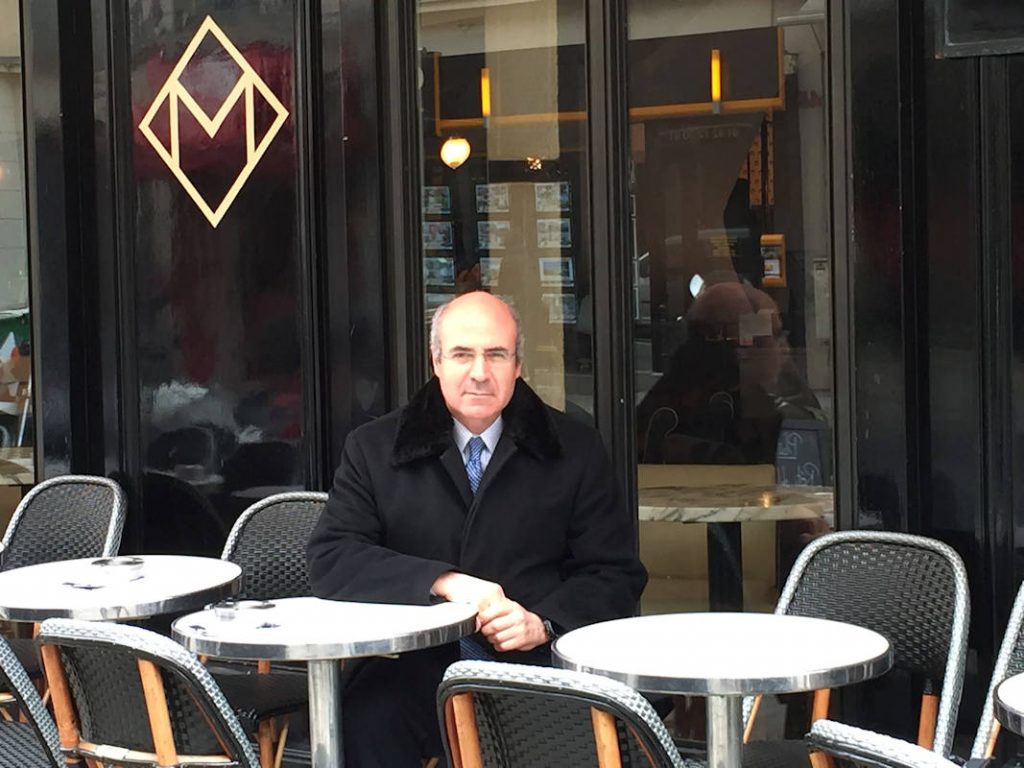
Browder was supportive of Putin, hoping that he would put an end to the corruption of the oligarchs. The grandson of a former leader of the American Communist Party, Browder arrived in Russia in the 1990s and quickly became the country’s largest foreign investor. His strategy was to take minority stakes in large, undervalued Russian companies and then conduct “shareholder activism” campaigns to expose corruption and asset theft by the oligarchs who ran them. This crusade for good governance initially seemed to be in line with Vladimir Putin’s stated goals of bringing order to the country. The turning point came in November 2005. Upon his return to Moscow, Bill Browder, now deemed a “threat to national security,” was denied entry into Russia. The companies in his fund were seized through a complex tax fraud scheme and used to embezzle $230 million from the Russian budget. His Russian lawyer, Sergei Magnitsky, who uncovered and exposed the scheme, was arrested and tortured. He died in prison in 2009.
No less revealing is the unfortunate experience of Renault. The French car manufacturer had made a major industrial bet on Russia, which had become its second largest market after France. Thanks to massive investments totaling more than €1 billion, Renault had acquired a controlling stake of 67.69% in AvtoVAZ, the historic manufacturer of Lada cars, and made it a centerpiece of its global strategy.
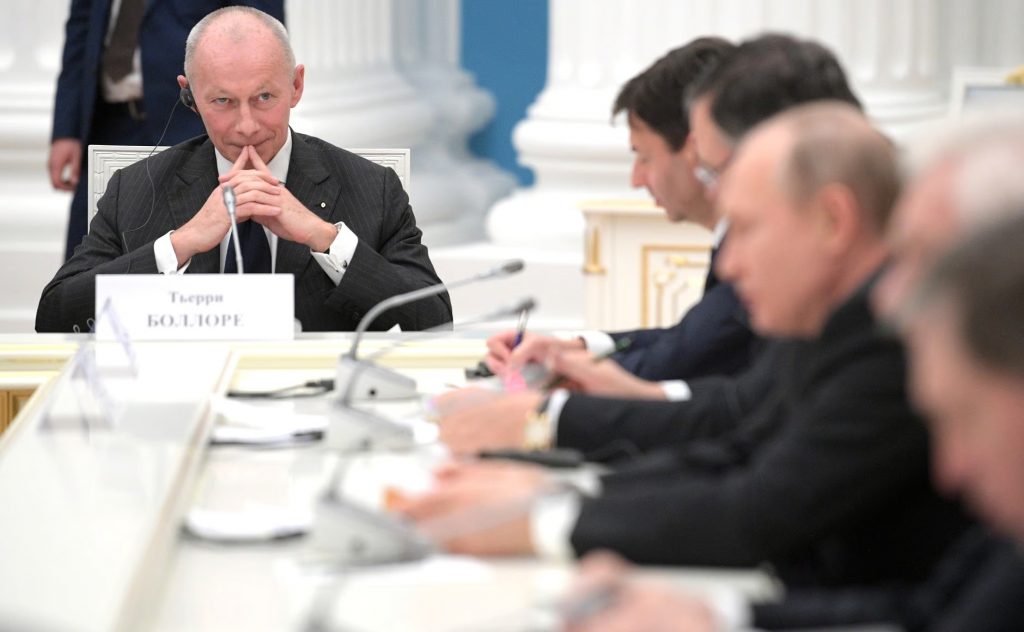
Russia’s invasion of Ukraine in February 2022 placed Renault in an untenable position. Caught between Western sanctions and public pressure on the one hand, and the need to protect its 45,000 employees and massive assets in Russia on the other, the group initially suspended its industrial activities. In the end, the only way out was a forced exit. In May 2022, Renault announced the sale of all its Russian assets. Its stake in AvtoVAZ was transferred to NAMI, a Russian public research institute, for the symbolic sum of one ruble. Its Moscow plant was sold to the municipality. The operation resulted in an accounting loss of more than €2 billion for the French group.
The war in Ukraine triggered a mass exodus of Western companies from Russia. In August 2022, the Russian government began imposing an increasingly punitive and politicized process of discount sales on foreign companies. In 2023, Putin signed a decree authorizing the government to place foreign assets in the country under its temporary control. A few months later, the Kremlin nationalized the assets of Danone and Danish brewer Carlsberg. Putin seized German, Finnish, Danish, and French companies and never returned them. However, hundreds of international companies—perhaps more than a thousand—are still present in Russia, hoping to avoid total dispossession. This is the case for 70% of Italian companies operating in Russia, such as the Italian bank UniCredit, which chose to reduce its activities and stay rather than sell at a loss.
These companies are beginning to understand that the end of the war will not mean the end of their troubles. Putin has announced that the conditions for returning to Russia will be almost as punitive as the exit process. Not so long ago, Russia rolled out the red carpet for Western tech giants. President Putin is now plotting to “strangle” them. These globalized companies are being portrayed as enemies of the Russian state.
Conclusion
Thus, since 1918, there have been constants in the Russian authorities’ approach to international economic cooperation. When the state is ruined by the delusional policies implemented by its leaders, after Lenin’s war communism in 1919-1920, after Stalin’s dekulakization of 1929-1933, after Khrushchev’s crazy agrarian reforms in 1962, after the insane arms spending of the 1970s, the men in the Kremlin turn to the West and launch a campaign of seduction.
Investors are attracted by profitable contracts and for a while are allowed to line their pockets. But as soon as the Russian state assimilates foreign technologies, as soon as the economy improves thanks to Western assistance, as soon as the Kremlin believes it is in a position to win the arms race, the Russian government tightens the screws and makes life impossible for foreign entrepreneurs before plundering them one way or another.
Surprisingly, past experience is quickly forgotten. Every time the Kremlin calls, new dupes rush to the gate, attracted by the mirage of Russia’s fantastic riches. Western minds are impervious to experience because they do not understand that Russian leaders do not view economic exchanges in the usual way.
For them, it is not a question of improving the standard of living of the population or allowing their fellow citizens to become wealthy. The priority is to strengthen the regime in place and to use economic exchanges to subvert and subjugate the partner. The logic of power prevails over any economic consideration as it is understood elsewhere.
At a time when Germany was investing heavily in Bolshevik Russia after Rapallo, Lenin was pouring gold into Berlin to spark a communist revolution. Russia is prepared to sell its gas at a loss if it means securing political domination over a neighboring country. It is willing to spend fortunes to ensure electoral victory for stooges under its influence.
The Russian-American trade and investment partnership has enormous potential, Putin stated after the summit in Alaska. Experience has convinced him that Westerners have a short memory. Having been fleeced by Russia for a century and a half, they are still asking for more.
Today, after Putin’s anti-Ukrainian obsession has dragged Russia into a ruinous war, we are back to square one. The mafia-like nature of the Russian state has allowed it to spread its tentacles into the West and organize a vast system of sanctions circumvention to continue shipping Russian oil to world markets. But the Russian economy has finally taken a hit.
With Russia on the ropes, the Kremlin is reluctantly returning to its strategy of seducing foreign dupes, turning to the weak link in the “collective West,” the Trump administration.
The goal is not only to pull the Russian economy out of its slump, but also to persuade the United States to force Ukrainians to capitulate. However, the United States is no longer the honest capitalist country it once was. Through Trump and other paid agents, Moscow has implanted the customs and mentality of post-communist oligarchs. What we call a “transactional” approach, which should rather be called, less pompously, “venality,” has characterized Russian oligarchs from the beginning. These predators, intoxicated by their sense of impunity and omnipotence, only consider immediate interests and profits within reach. The “transactional” man does not think long term; he is incapable of perceiving a complex context of power relations or even ordinary political games. He never anticipates the long-term consequences of his actions. Thus, after destroying each other, Russian oligarchs thought it clever to install a KGB man at the head of Russia, imagining that he would be their puppet. The entire Trump administration is now behaving like those blind Russian oligarchs of 1997-2000. It is obsessed with immediate profit without seeing that it is sawing off the branch on which it sits, systematically destroying the prestige and alliances of the United States in the world, the foundations of its prosperity. A symmetrical process is unfolding in Russia: Putin, having failed to anticipate the consequences of his decision to invade Ukraine, is in the process of scuttling Russia. He believes he can rectify his situation by relying on the United States, without understanding that the resounding success of his American policy has turned Washington into a rotten plank—including for him.
Françoise Thom
See Also:
- « Les relations économiques, une arme méconnue dans la guerre hybride du Kremlin contre l’Occident. II. La contagion » in Desk Russie — (2025-0928) —
- « Les échanges économiques, une arme méconnue dans la guerre hybride du Kremlin contre l’Occident. I. L’empreinte léninienne » in Desk Russie — (2025-0907) —
- « Economic Relations, an Underestimated Weapon in the Kremlin’s Hybrid War against the West – I. The Leninist Imprint » in Desk Russia — (2025-0911) —
- « Economic Relations, an Underestimated Weapon in the Kremlin’s Hybrid War Against the West. II. Contagion » in Desk Russia — (2025-0929) —
- „Wirtschaftsbeziehungen als verkannte Waffe im hybriden Krieg des Kremls gegen den Westen (2) Die Ansteckung“ — (2025-0928) —
- „Wirtschaftsbeziehungen als verkannte Waffe im hybriden Krieg des Kremls gegen den Westen (1) Das leninistische Erbe“ — (2025-0907) —
Footnotes
[1] Françoise Thom, Poutine ou l’obsession de la puissance (Putin or obsession with power), Litos, 2022, p. 154.
[2] V. Belton, Catherine. Putin’s People: How the KGB Took Back Russia and Then Took on the West. Farrar, Straus and Giroux, 2020.
[3] Pierre Tran, “France, Russia Finalize Mistral Deal,” Defense News, June 17, 2011.
[4] Bill Browder, Red Notice: A True Story of High Finance, Murder, and One Man’s Fight for Justice, Simon & Schuster, 2015; Galia Ackerman, “L’empire de l’arbitraire, entretien avec Bill Browder” (The Empire of Arbitrariness, Interview with Bill Browder), Politique Internationale, No. 134, 2012.
In-depth Analysis:
For Françoise Thom, economic warfare isn’t just one aspect of the conflict: it is the Kremlin’s primary and historic weapon against the West.
The strategy is immutable, whether Tsarist, Soviet, or Putinite. The trap always snaps shut in two stages: first, lure the West with the promise of colossal profits to plunder its technology and capital; then, expropriate and expel it once its military power is modernized.
The true masterstroke came after 1991. Massive aid from the IMF and the World Bank, meant to save Russia, became the fuel for state-sanctioned looting. Billions were siphoned off by a new caste of oligarchs. This stolen money wasn’t just hidden: it was laundered and recycled right in the heart of our capitals, with the complicity of our own financial institutions.
This fortune then became a weapon of « contagion. » Its venom: corruption. The goal was no longer just to get rich, but to rot Western democracies from the inside out. To buy off elites, fund political parties, paralyze political will, and spread the idea that everything is just cynicism and a power struggle.
Blinded by its own greed, the West let it all happen. It sold the technology that rebuilt the Russian military. It turned a blind eye to the financial flows that rotted its institutions. Today’s war is therefore no accident. It is the bill for thirty years of willful blindness. It is the price of believing business could be done with a regime that saw us as only one thing: prey.
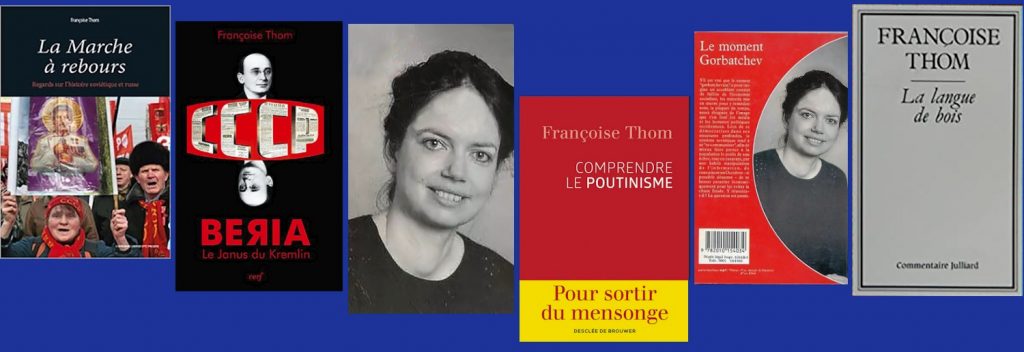
- « Economic Relations, an Underestimated Weapon in the Kremlin’s Hybrid War Against the West. II. Contagion » in Desk Russia — (2025-0929)
- « Les relations économiques, une arme méconnue dans la guerre hybride du Kremlin contre l’Occident. II. La contagion » in Desk Russie — (2025-0928)
- „Wirtschaftsbeziehungen als verkannte Waffe im hybriden Krieg des Kremls gegen den Westen (2) Die Ansteckung“ — (2025-0928)
- ‘Economic Relations, an Underestimated Weapon in the Kremlin’s Hybrid War against the West – I. The Leninist Imprint’ in Desk Russia — (2025-0911) —
- « Les échanges économiques, une arme méconnue dans la guerre hybride du Kremlin contre l’Occident (1) L’empreinte léninienne » in Desk Russia — (2025-0907) —
- „Wirtschaftsbeziehungen als verkannte Waffe im hybriden Krieg des Kremls gegen den Westen (1) Das leninistische Erbe“ — (2025-0907) —
- ‘Cesspool and chaos: the Russian connection in the Epstein Affair’ in Desk Russia — (2025-0730) —
- « Le cloaque et le chaos : la Russian connexion de l’affaire Epstein » in Desk Russie — (2025-0728) —
- „Die Kloake und das Chaos: Die russische Verbindung der Epstein-Affäre“ — (2025-0728)
- « Клоака і хаос: російський зв’язок у справі Епштейна » — (2025-0728) —
- « La paille et la poutre : une réponse européenne aux idéologues trumpo-poutiniens » in Desk Russie — (2025-0708) —
- ‘The Pot Calling the Kettle Black: A European Response to Trump and Putin Ideologues’ in Desk Russia — (2025-0708) —
- ‘A Disaster of the First Magnitude’ in Desk Russia — (2025-0706) —
- ‘Toward a Putin–Trump Pact? in Desk Russia — (2025-0430) —
- « Vers un pacte Poutine-Trump ?» in Desk Russie — (2025-0429) —
- ‘Russia’s Plan for the United States’ in Desk Russia — (2025-0413) —
- « Le projet russe pour les États-Unis » in Desk Russie — (2025-0329) —
- « Vladimir Putin’s Twofold Revenge’ in Desk Russia — (2025-0304) —
- « La double vengeance de Vladimir Poutine » in Desk Russie — (2025-0303) —
- ‘The Lessons of Trumpism for Europeans: How to Avoid a ‘Self-Putinization’ of the EU’ in Desk Russia — (2025-0225) —
- « Les leçons du trumpisme pour les Européens : comment éviter une autopoutinisation de l’UE » — in Desk Russie — (2025-0223) —

Desk Russie would like to remind you that Françoise Thom will be presenting a series of five lectures entitled ‘The Kremlin’s instruments and methods of power projection from Lenin to Putin’ as part of the Université Libre Alain Besançon. For more details and to register (in person)
